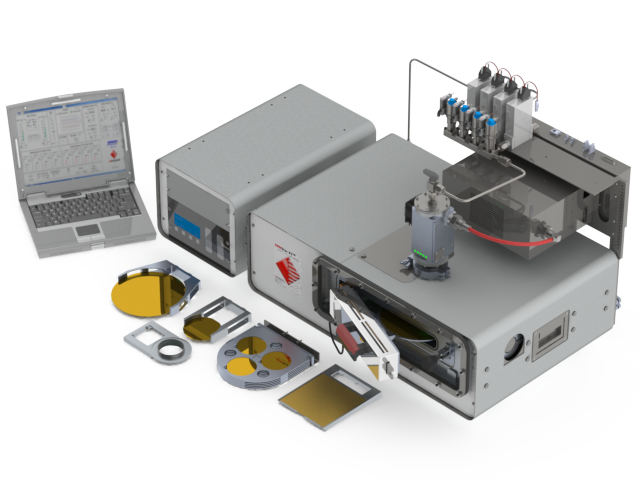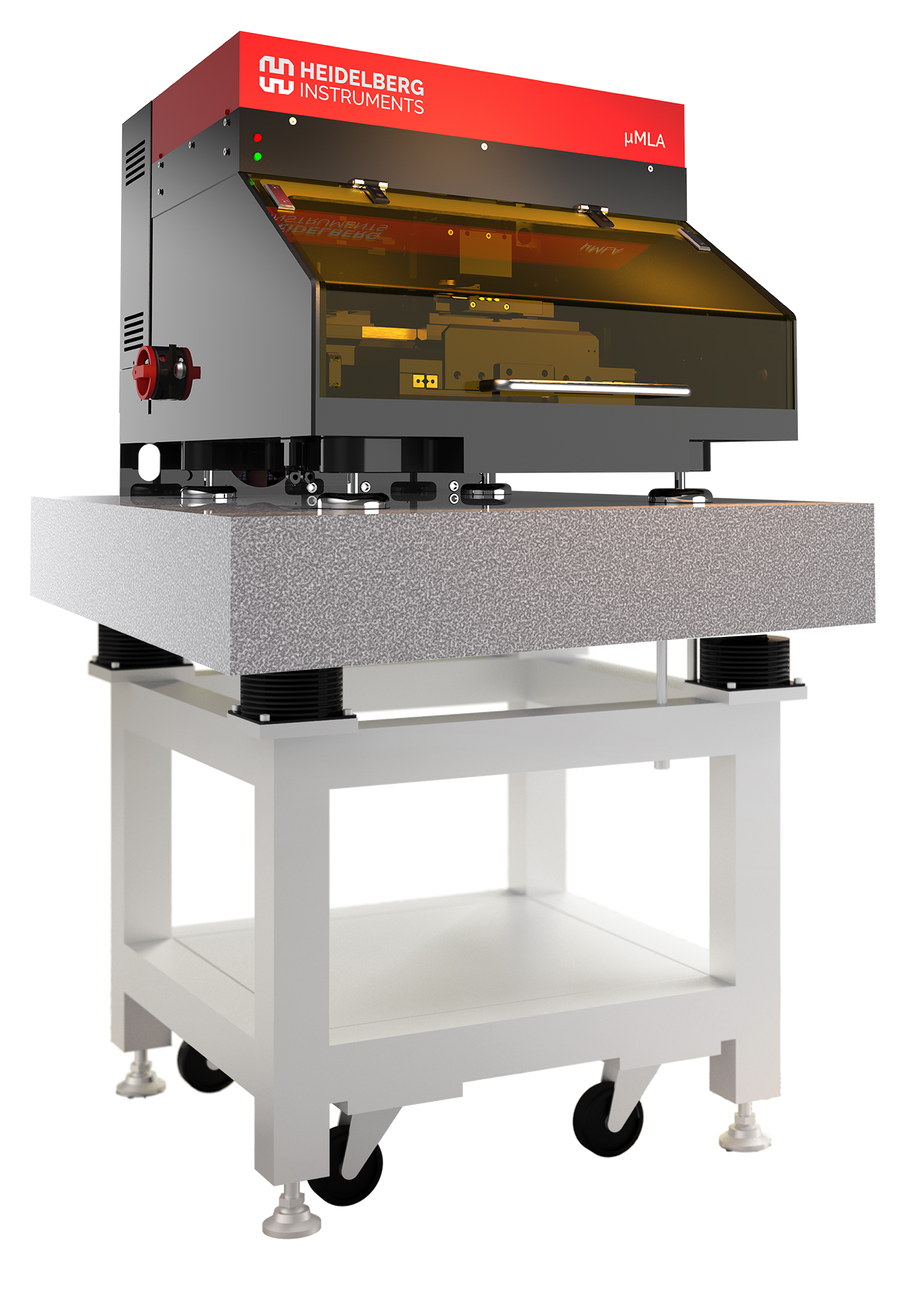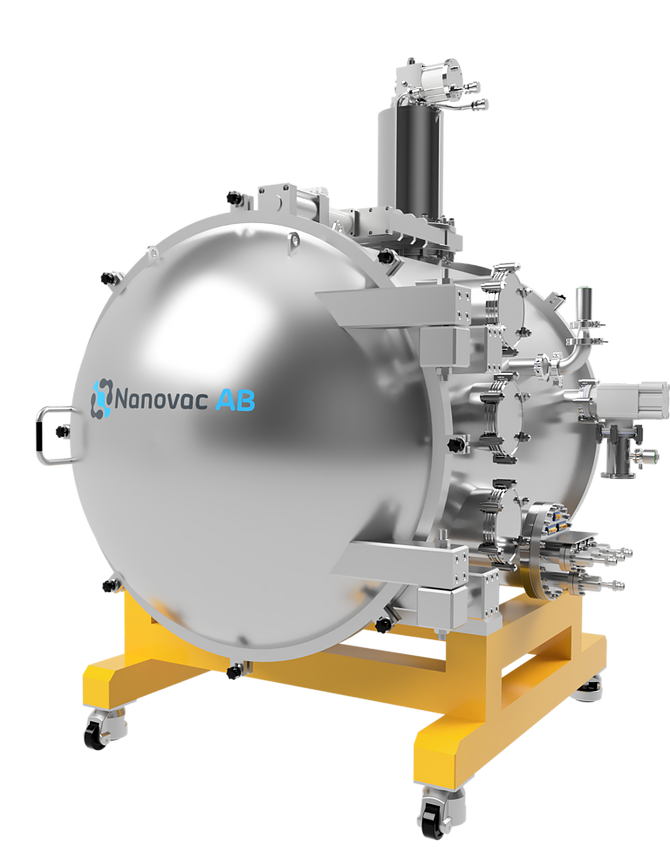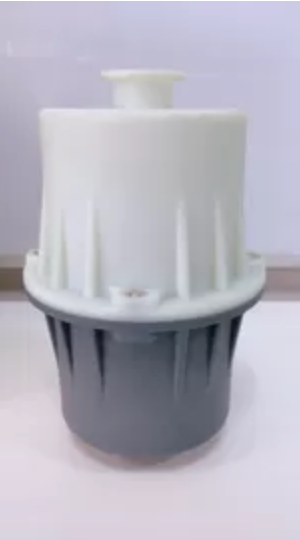THE VERSATILE AND MODULAR NANOLITHOGRAPHY TOOL
The NanoFrazor is a groundbreaking commercial system for Thermal Scanning Probe Lithography (t-SPL), enabling advanced research in various application areas such as quantum devices, 1D/2D materials, quantum dots, Dolan bridges, Josephson junctions, and nanoscale arrays. It excels in complex applications such as grayscale photonics, nanofluidic structures, biomimetic substrates for cell growth, and any local material modification through heat, including chemical reactions and physical phase changes.
At its core, the NanoFrazor features an ultra-sharp, heatable probe tip that writes and inspects complex nanostructures simultaneously. The Direct Laser Sublimation (DLS) module allows nano- and micro-structures to be written into the same resist layer efficiently in a single fabrication step.
In-situ imaging enables two unique features: markerless overlay and comparison of the written and target patterns during writing, in such a way that the parameters can be immediately adjusted. This approach, called Closed-Loop Lithography (CLL), results in sub-2 nm vertical precision for 2.5D (grayscale) shapes of any complexity. Fast and precise control of a heated nanoscale tip enables innovation not otherwise feasible with other techniques.
Developed from over 20 years of R&D at IBM Research Zürich and now at Heidelberg Instruments Nano, the NanoFrazor continuously advances in hardware and software. Our experts refine pattern transfer processes like etching and lift-off for various applications, compiling expertise into a comprehensive library of best practices and protocols to support our customers.
Built on a modular platform, the NanoFrazor can be tailored to fit specific applications and laboratory environments. Patterning modes, housing options, and software modules can be combined for optimal capabilities, footprint, and flexibility. Upgrades and additional modules can be added as research evolves, ensuring the NanoFrazor adapts to advancing needs.
The NanoFrazor revolutionizes nanofabrication, making sophisticated t-SPL accessible for groundbreaking research and technological advancements.






























